For weeks now we have all been glued to our smart phones or televisions, looking at the news of this new coronavirus. We looked on in dismay as it spread from the Far East, to the Middle East, and finally to our doorsteps in the West, as a full blow pandemic threatening to stall life as we know it.
Vacations, festivals, carnivals, work trips, conferences and many more events have been cancelled indefinitely, as countries attempt to stem the spread of the virus. International travel has all but come to a standstill, and domestic travel has been be greatly reduced in larger counties (USA, Spain, France and Italy for example.)
Read more: How to design your first gallery wall
Social distancing is the new buzz word and depending on where you are and/or your exposure to COVID-19, you may be under quarantine or self-isolation. But, what's the difference between the two? Here are the generally accepted rules of both:
Quarantine
- You may be at risk of having COVID-19 (based on recent travel, for example). You may or may not end up with it.
- You have been asked to remain isolated for 14 days.
- If you show symptoms during those 14 days and you test positive, you are moved over to the isolation phase.
- If you show symptoms during those 14 days but test negative, you will be required to stay in quarantine for the full period.
- At the end of 14 days of quarantine, if all is well, you may be allowed to resume regular contact.
Self-Isolation
- You have tested positive for COVID-19.
- You are well enough to care for yourself, or to be looked after at home.
- You should have no visitors at home, and you should not leave home. No gatherings or crowds whatsoever.
- If you live with family then you need to isolate yourself from them as much as possible. You should significantly limit shared spaces for eating, sleeping, etc.
- Cover your mouth when you cough, wash your hands frequently, wipe touched surfaces or wear disposable or clean gloves if you need access to communal areas and wear a face mask when others are around.
- Different countries may use different protocols to re-introduce cured patients. Check with your local authorities on this.
Bonus: Get access to my exclusive Insiders' Newsletter to receive free monthly wallpapers straight to your email, just like the photos on this website!
When boredom sets in
For those of us in quarantine or self-isolation, it will be a loooooong 14 days. We don’t normally think about all the ways we are interconnected throughout the day until we are asked to avoid people. The question becomes:
What do I do with so much free time??
What I suggest is taking this time as an opportunity to reboot or discover yourself. Look for the silver lining. Especially for those of us who are unable to work from home, this 14 day period can can drive us mad if we don't have a plan!
So that you don't go mad, here are 10 things to keep you busy during quarantine or self-isolation (2 bonus tips are included at the end).

1. Unplug
First thing first - disconnect from the noise. This is so important. Whether it's the news, social media or email, you should stop consuming content that adds to your fear or anxiety.
Do you remember watching horror movies, wanting to look away from the screen but not being able to? This is what it's like as we scroll through our phones looking for the next jarring story or update about the coronavirus.
But fear only fuels more fear, and the stress brought on by this excessive fear can be detrimental to your health.
Instead, disconnect from the noise, put your devices away and create a calm space for your body and mind to relax.
2. Music
What kind of music do you enjoy listening to? Music can have a big impact on your mood and frame of mind, so why not plug into a playlist that uplifts your mood.
Personally, I gravitate towards lovers reggae or groovy soca, because the themes of the songs are often positive and uplifting, even festive. You may enjoy chill R&B or neo-soul. Do that! Comment below with your favorite playlist or genre of music.
3. Tidy up
If you are going to spend a lot of time in one environment, make sure your living space is nice and clean. Doing things such as picking up trash and tidying up your room gets you moving around, and this is good.
Additionally, having an uncluttered environment fosters a positive mood and frame of mind. Do your laundry, make your bed, do some sweeping (or vacuuming) so that your space is fresh and clean.
4. Enjoy your art
By now you must have noticed a theme with these tips - they all seek to change your mood and create calm in your life. Enjoying your wall art seeks to do the same. In particular, art with softer tones can help to de-stress.
I've written more about it in this blog post: 4 Ways to Create Calm with Art.
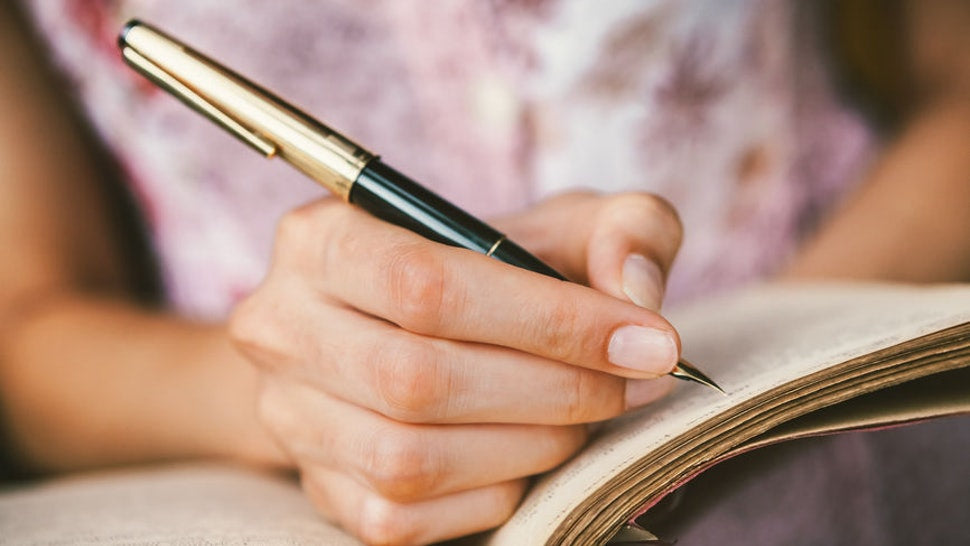
5. Start a Journal
Get a pad/notebook and a pen, and start writing! Think of journaling as a way of downloading your thoughts. It helps you prioritize, clarify thinking, and accomplish your most important tasks, over urgent busy work.
Many of the world's greatest known minds kept journals - Isaac Newton, Abraham Lincoln, Andy Warhol, Leonardo Da Vinci, Marcus Aurelius, Charles Darwin, Winston Churchill, Benjamin Franklin, just to name a few!
For people in the creative space (authors and artists, for example) having a journal is a necessity. But for many, journaling is simply a way of exploring their deepest thoughts.
If you're excited about exploring this tip, consider using a guided journal. A guided journal uses prompts to help the writer to think about specific areas in their life. This promotes deeper introspection.
Aside from journaling your thoughts and emotions, writing about your gratitude on a daily basis will change your life for the better. It shifts your mindset from fear to appreciation. To get started, simply list the things you are grateful for.
6. Read a book
Be honest, when was the last time you sat down with a book?? If you're stuck in quarantine or isolation, now is the best time to catch up on reading. Feel free to make it fun though. Pour a drink or make yourself a fancy coffee and sit in your favorite chair.
This is a good way to let your imagination loose for a bit. Fictional novels are great for this purpose. Alternatively, you could read a self-help or educational book to improve your life. Either way, reading a book keeps you unplugged and engages your mind in the process.
I rarely read traditional books anymore. I use Audible, which is an audio-book platform. There are thousands of available titles, many with content not available in the text versions. I prefer this format because I am able to "read" while doing mundane tasks (cooking or driving, for example) and this makes me feel more productive.

7. Netflix and Chill
I am willing to bet that the number of Netflix subscriptions has surged in the last few weeks, as more people are stuck at home. Netflix is an affordable option to put hundreds of series and movies at your fingertips, so now is a good time to binge-watch your favorite show.
With social distancing in effect, there's now a Google Chrome extension that allows you and your friends to watch Netflix together without having to be in the same room (search: Netflix Party).
8. Learn something new
14 days is also 336 hours. No matter how you slice it, that a lot of free time. Consider using this time to start learning something that you've been putting off. For example, you could start learning a new language, a musical instrument, a new dance, a new recipe... the list is endless.
During times like these, Google and YouTube are your best friends. These two resources contain hundreds of free learning options, you just need to search them out.
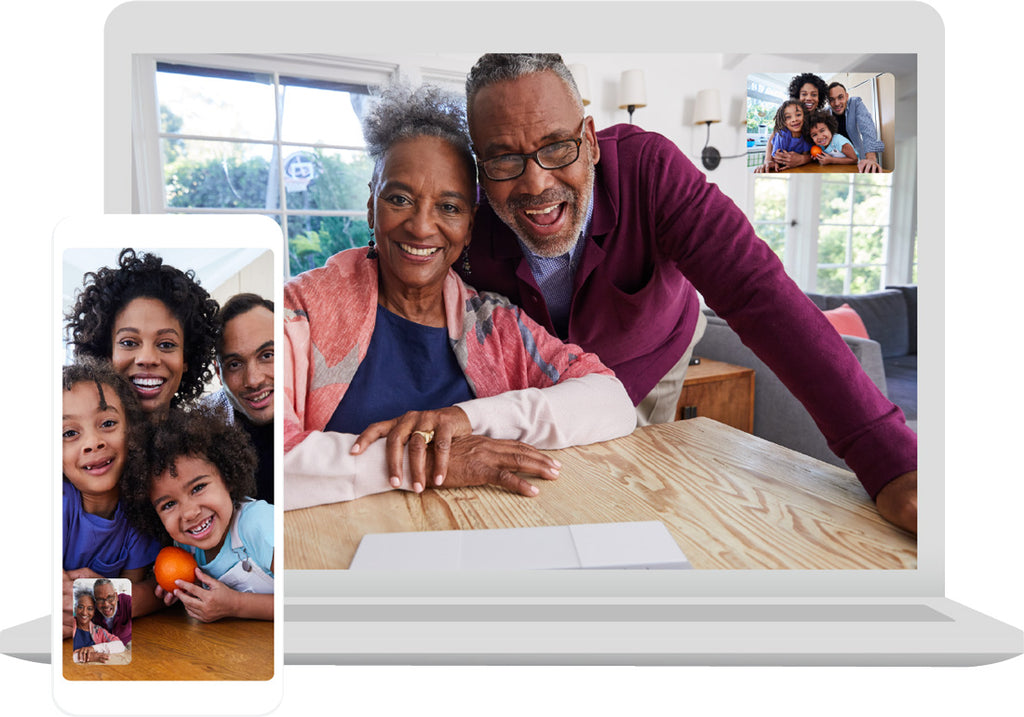
9. Communicate with loved ones
Isolation or quarantine does not mean you can no longer speak to or see your friends and family. Now is a good time to make use of smart phone technology that makes communication easier.
Call your friends, send a text message to long lost family members or video chat - the options are many in this day and age. You can even play games or watch TV over the phone (see #7 above). Just know that isolation does not mean zero contact, if that contact can be done digitally.
10. Meditate
One of the best things you can do to calm your mind is meditate. Even if the external world is crazy, the inner space you have created for yourself can remain calm and quiet, through meditation.
If you have never done it before, meditation may seem kinda "out there" or maybe even difficult. However, it is simple. Start by closing your eyes and breathing for 5 minutes. The more you do this, the better you'll get at it.
Meditation will help you tune in to your repetitive thoughts, and this will help you root out negative themes and irrational worries in your life. There are several apps which assist with timing your meditation, or by providing guided meditations. I use Headspace, but Calm is another very popular option.
Bonus #1. Get fit
You're probably not a gym freak which means that it's likely that you've been putting off a few fitness goals. Even if you have a gym membership and attend sessions regularly, there's a lot you can accomplish at home.
Consider keeping up your cardio exercises by doing sets of jumping jacks and in-place jogging. Do you have a length of rope at hope? Use it to do some jump rope exercises too.
You may not have weights to do your regular strength workouts, but body-weight exercises can be just as good. Squats, reverse lunges, push-ups and planks are all good examples of strength exercises that can be done at home.
Bonus #2. Shop till you drop
OK OK. Do not empty your bank accounts just yet, but retail therapy is an effective coping mechanism that is known to boost moods and make people more cheerful.
That said, it does carry a negative connotation because it is potentially expensive. But it doesn't have to be. My suggestion? Shop for wall art that can help create calm in your home. Alternatively, shop for art that will remind you of happy and fun times from the past.
Of all things, why art?
I have written about this in the past: 10 Good Reasons to Buy Art. Simply put, art engages the mind and it sets the mood, among many other things.
If you do decide to browse artwork, you need not go to far. Two series - Abstract Beaches and Clouded - contain images that induce calm and mindfulness. Alternatively, coastal scenes and images of waterfalls will take you back to fun times spent in those locations, or help set the tone for vacations to come. Simply click/tap the category of your choice here.
Summary
I promised ten things to keep you busy, but listed twelve, which is probably an indication that this list could go on much longer. This is good news. Do not be bound by these items - I am sure you could find more suitable ideas if (for example) neither learning a new language nor exercising at home float your boat!
The important thing to consider is this - being in quarantine or self-isolation is not the end of the world. In fact, this time could be the beginning of the next phase of your life. Use the time wisely and remain positive.




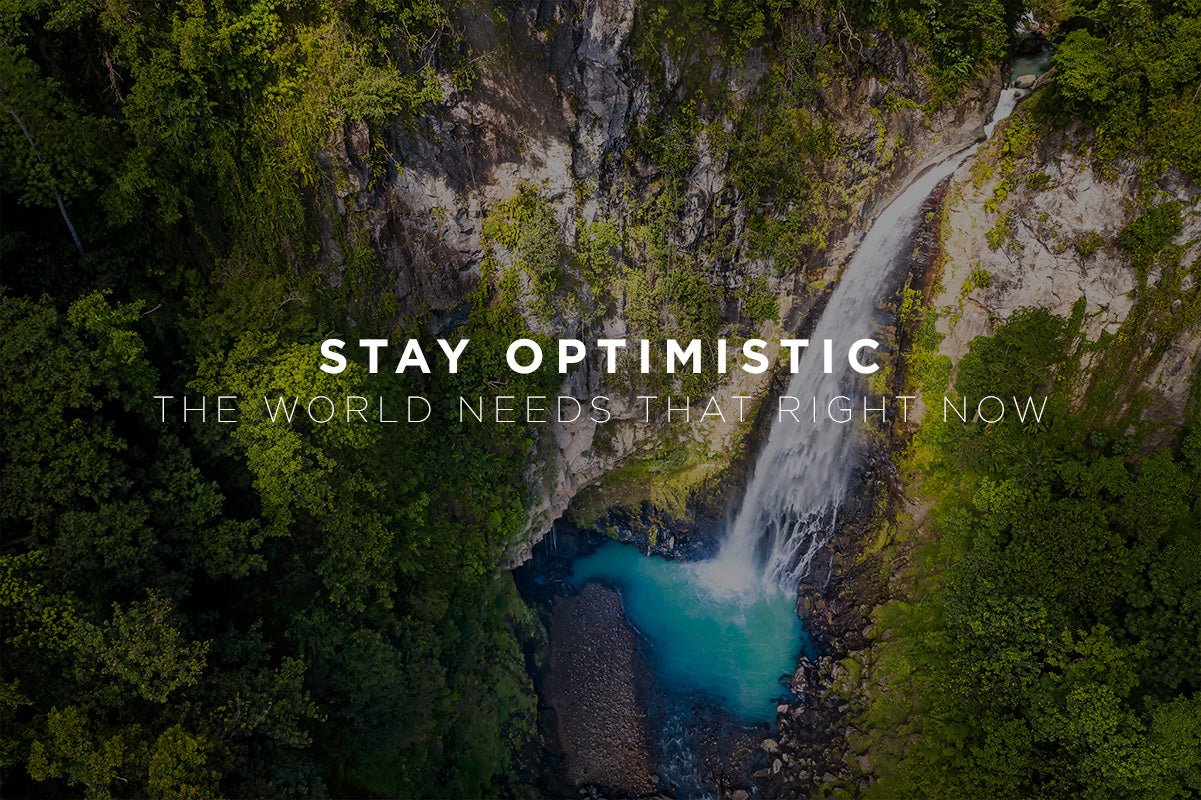

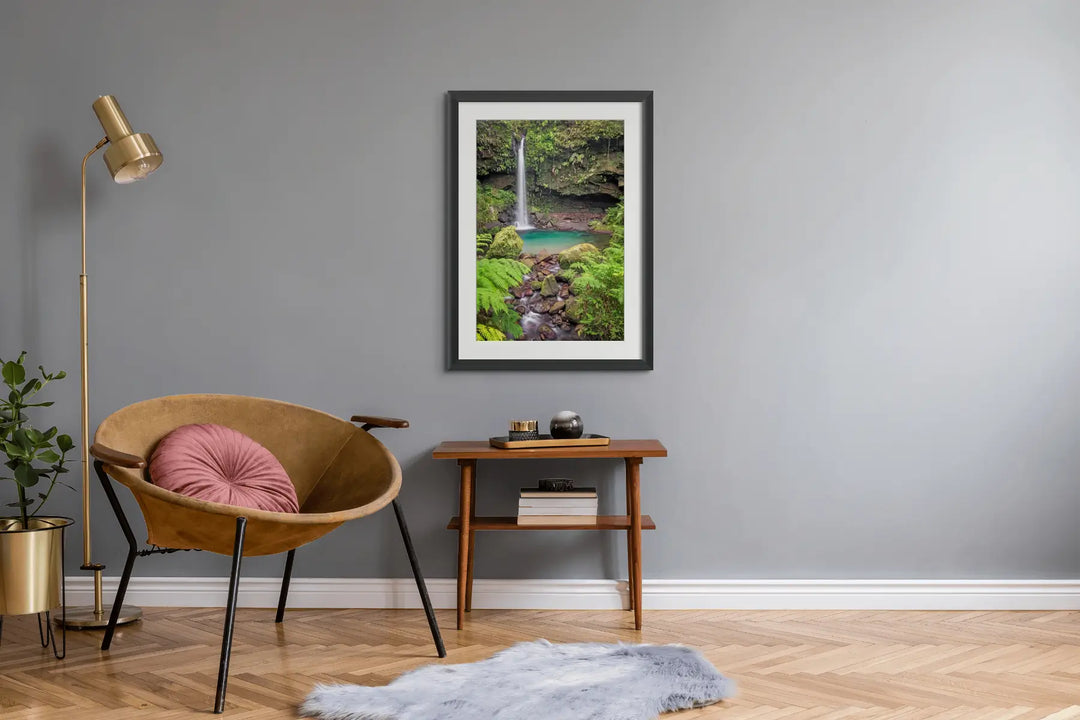
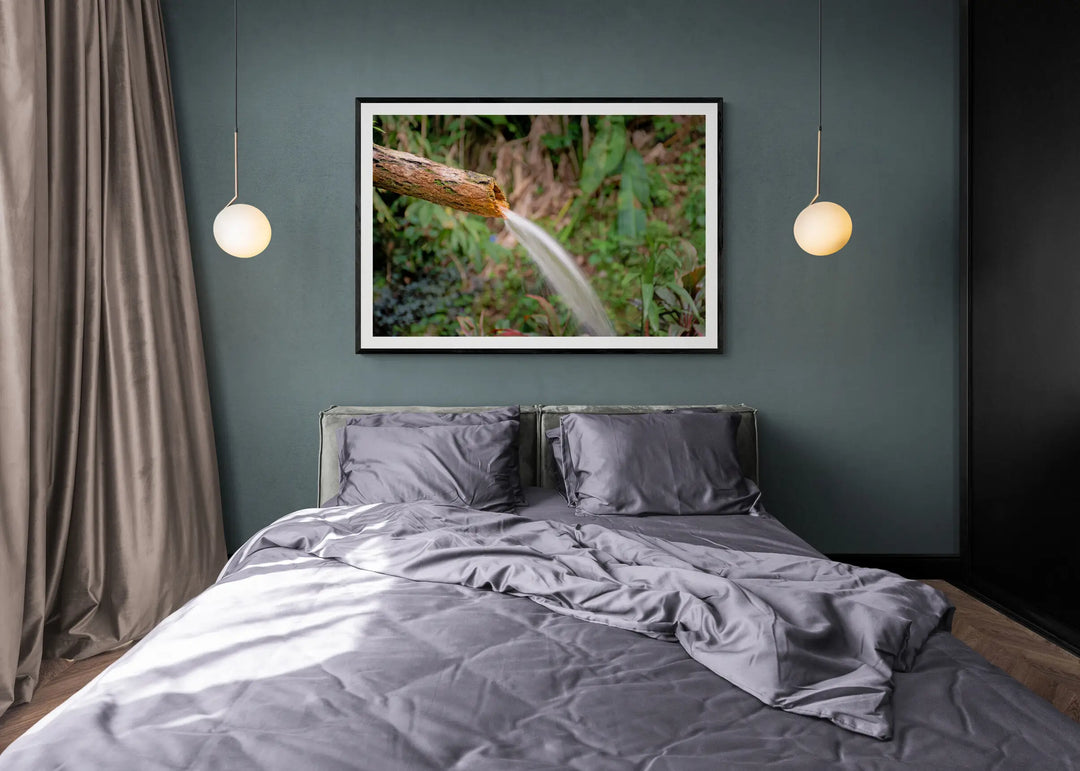
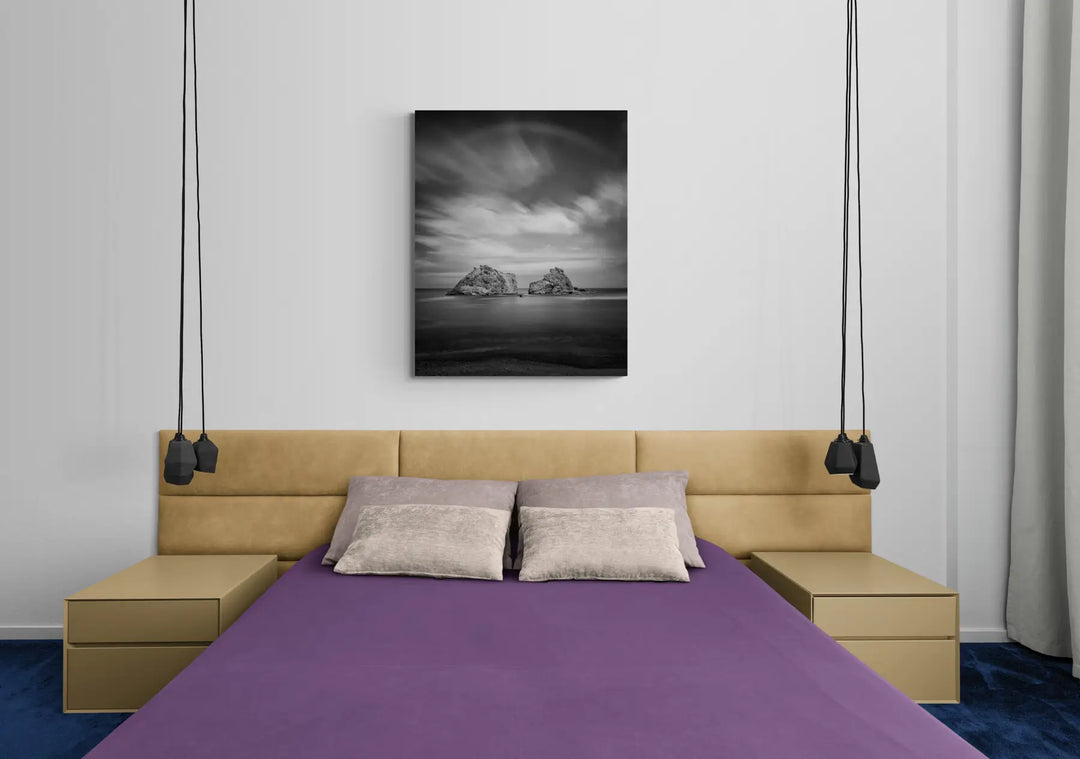
Leave a comment